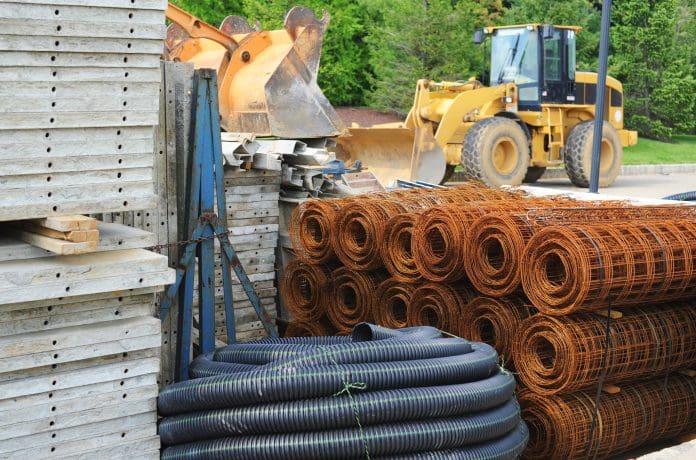Biomaterials are increasingly central to the evolution of sustainable design, offering a compelling alternative to traditional, resource-intensive materials
Derived from renewable sources, these materials promise to lessen environmental impact through their biodegradable nature, paving the way for innovative applications across industries.
As bioplastics and biomaterials gain traction in architecture, they challenge and potentially transform conventional manufacturing practices. The question remains, however, how these materials will integrate into existing systems and what hurdles they may encounter.
What are biomaterials?
Biomaterials derived from natural, plant-based sources such as plants, corn, and trees present a formidable alternative to conventional materials that are often detrimental to the environment. Their biodegradable nature ensures that these materials break down without causing harm, aligning perfectly with the principles of sustainability and environmental stewardship.
A deeper understanding of biomaterials reveals their potential to transform industries by offering a sustainable pathway that minimises environmental impact. Unlike traditional materials that rely on finite resources, biomaterials are sourced from renewable origins, supporting a cyclical process that promotes continuous resource efficiency. By leveraging renewable resources, biobased materials minimise the reliance on fossil fuels, thereby mitigating carbon emissions. The use of fast-growing raw materials, such as bast fibers, underscores an emphasis on ethical sourcing and sustainable cultivation practices.
The production of biomaterials further distinguishes itself through low energy consumption and the avoidance of harmful chemicals. This environmentally friendly approach not only conserves resources but also results in products featuring unique designs and warm, natural colours that appeal to consumers seeking both aesthetics and sustainability.
What are the benefits of biobased materials?
In the rapidly expanding biobased plastics market, which is growing at an impressive rate of 10% annually, biobased materials now hold a 10-15% share of the total plastics industry. This growth underscores their potential to replace conventional plastics, particularly in packaging—the largest market segment for biobased plastics. Biobased materials offer enhanced properties, such as superior barrier, mechanical, antimicrobial, and antioxidant characteristics, compared to traditional materials. These improvements not only enhance product performance but also extend product life cycles, further contributing to sustainable design practices.
Architectural applications of biomaterials
The integration of biomaterials into architectural applications is not merely a trend but a significant shift towards achieving sustainable development within the construction sector. Central to the architectural applications of biomaterials is their ability to improve energy efficiency significantly. By reducing heat transfer through walls, roofs, and windows, biomaterials play an essential role in minimising energy consumption in buildings. Noticeably, biomaterials such as insulation materials, structural components, and facade cladding contribute to this goal by offering lower carbon footprint alternatives that are both effective and sustainable.
Furthermore, biomaterials in architecture enhance indoor air quality, promoting healthier living environments. These materials are non-toxic, biodegradable, and free from harmful chemicals, aligning with the principles of sustainable design. Architectural applications, including roofing materials, interior finishes, and structural components, underscore the versatility and adaptability of biomaterials in creating sustainable design solutions.
Challenges and limitations of biomaterials
Despite the promising potential of biomaterials in architectural applications, there are significant challenges and limitations that must be addressed to fully harness their benefits. Among the foremost issues is the durability and longevity of biomaterials. Concerns about their vulnerability to moisture, insects, and decay pose substantial barriers to their adoption in sustainable design. Ensuring that these materials can withstand environmental and physical stresses over time is essential to their success in replacing traditional materials.
Another significant challenge is the lack of standardisation in biomaterials. The absence of standardised testing methods and quality benchmarks complicates the integration of these materials into existing design frameworks. Without universally accepted standards, the consistency and reliability of biomaterials remain uncertain, impeding their broader application and acceptance in the industry.
Regulatory hurdles further exacerbate the challenges associated with biomaterials. Compliance with existing regulations, which are often tailored to conventional materials, can be cumbersome and costly. The evolving nature of biomaterials necessitates adaptations in regulatory frameworks to accommodate their unique properties and benefits. Until these changes are enacted, regulatory obstacles will continue to hinder the widespread implementation of biomaterials.
Moreover, resistance from stakeholders presents a non-technical barrier to the adoption of biomaterials. Concerns about cost implications and limited availability contribute to hesitancy among designers, manufacturers, and consumers.














